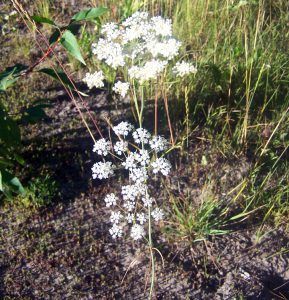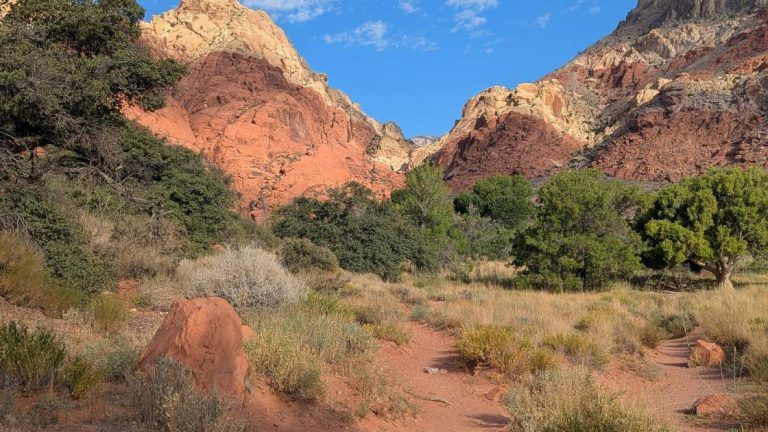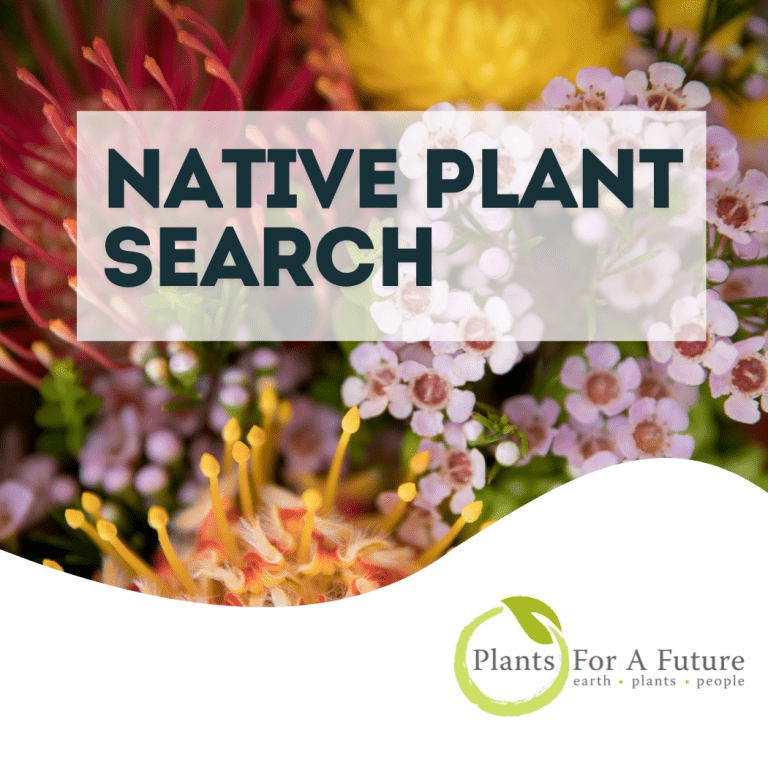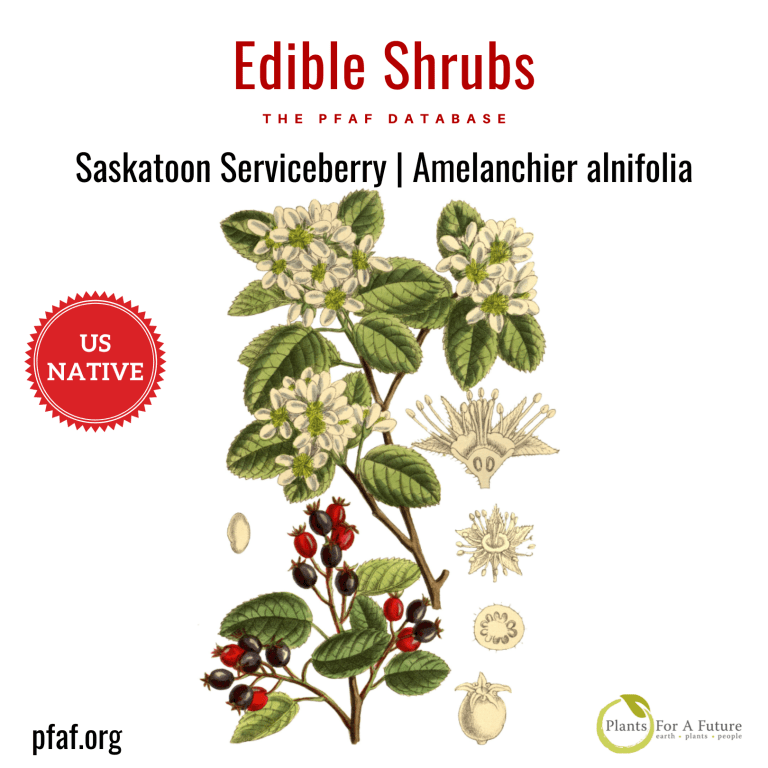![]()
Perideridia gairdneri is a perennial herb in the carrot family. The roots have a
pleasant sweet and nutty taste and can be eaten raw or cooked. It can be eaten in
quantity as a staple food. It is best used when the plant is dormant. The root can
also be dried for later use or ground into a powder and used with cereals when
making porridges, cakes etc. The seed is used as a caraway-like seasoning, or can
be parched and eaten in porridge or used as piñole. The young leaves are eaten
raw or cooked.
Yampa is in flower from late spring, and the seeds ripen in the early summer.
The flowers are hermaphrodite (have both male and female organs) and are
pollinated by insects. The plant is self-fertile.
The root is carminative, diuretic, mildly laxative and ophthalmic. An infusion
of the roots has been taken to counter the cathartic and emetic effects of another
infusion. An infusion of the roots has been applied as a wash to sores and
wounds and also used as a nasal wash to get rid of catarrh. A poultice of the
roots has been used to draw inflammation from swellings. The juice of the slowly
chewed root is said to be beneficial in the treatment of sore throats and coughs.
There is very little information on the cultivation needs of this plant and it is
unclear if it will be hardy in Britain, but judging by its native range it is likely
to succeed outdoors in most parts of the country. From its native habitat it is
assumed that the plant is fairly tolerant of soil conditions and of sun or shade.
Yampa is a marvellous food plant that has been widely used as a staple wild food
by native N. American native peoples. It would be beneficial if the size of the
root could be increased by selective breeding. In one trial transplanted roots from
the wild to the garden grew three times their normal wild size under fertilized
irrigated conditions. Growing from seed is said to take four years to achieve
a useable size and cold striation is required. Preliminary results suggest that
cutting and replanting the tops with some length of the root is the best way to
propagate these plants and obtain an annual crop of roots. Rooting begins early
in frosty cold soil conditions, and thus autumn planting is recommended with
seeds and root tops.
Perideridia gairdneri
Family: Apiaceae or Umbelliferae
Known Hazards: None known
Natural Habitats: Woodland, dry and wet meadows and mountains.
Natural Range: Western N. America – Saskatchewan to California.
Hardiness Zones: USDA 5-10. UK 6
Size: growing to 1.2 m (4ft)
Growth: S-M
Soil: light (sandy), medium (loamy) and heavy (clay) soils. It prefers dry moist or wet soil.
Soil pH: acid, neutral and basic (alkaline) soils.
Light: It can grow in semi-shade (light woodland) or no shade.
References: 2, 46, 60, 61, 85, 94, 95, 161, 177, 183, 213, 257
Edibility Rating: 5
Medicinal Rating: 2
Forest/Woodland Garden: Herbaceous Layer, Underground Layer, Forest/Woodland Garden Edge








